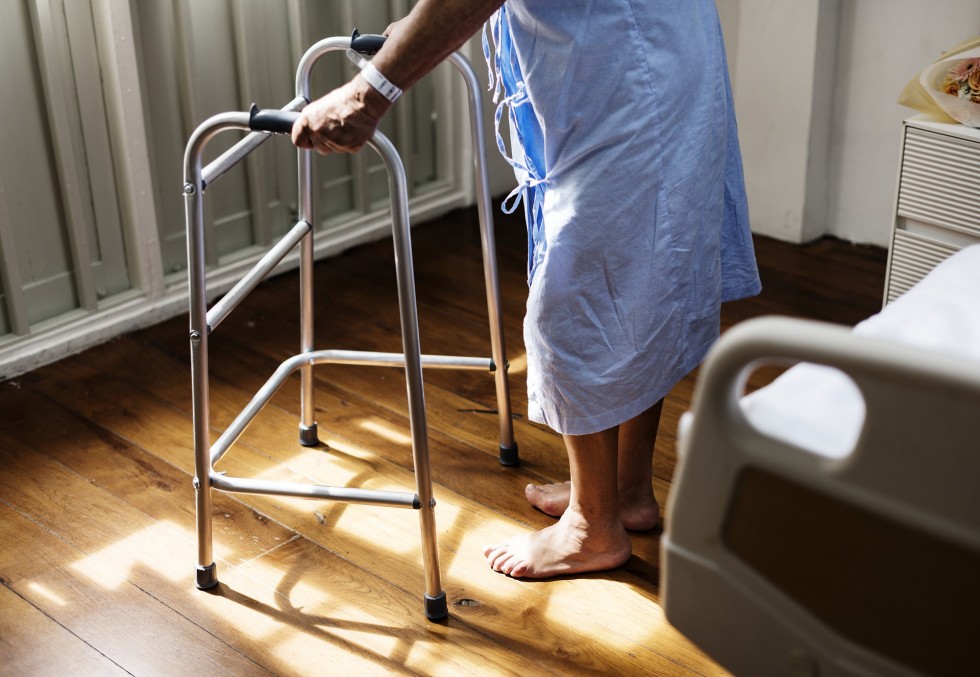When people reach the age of 65 and above, their reflexes tend to get slower. Their limbs are not as flexible anymore, and in many cases, they find even the simplest everyday actions like getting out of bed hard to perform. While hiring caregivers to look after seniors still remains the most common solution, modern technologies have given us many assistive devices that can replace caregivers or at least reduce the amount of care they have to give to the elderly. Those inventions can help seniors live independently again by simplifying their everyday routines. There are assistive devices for all types of impairments. They can be used by those who hear badly, have poor eyesight, suffer from arthritis, or those who can’t button their jacket without someone’s help. We have reviewed the assistive devices available on the market today and selected the best of them in our opinion.
Assistive devices for poor hearing and eyesight
1. Personal sound amplifier
Many people’s hearing seriously deteriorates due to aging. They may not hear the TV just a meter away from where they are sitting. They may not hear someone talking to them in a noisy place. A personal sound amplifier helps seniors overcome this impairment. It’s small and can be carried around in a pocket. A senior can choose to use earbuds or headphones. The device also has a feature that automatically turns it off when the level of noise is negligible.
2. TV Ears
Due to bad hearing, seniors may turn up the volume too high when watching TV. That may annoy their family members or neighbors. TV Ears is an assistive device that solves the problem. A senior can connect it to a television through a headset and mute the sound coming from the speakers. Thus, they will be able to hear what is being said on the screen without disturbing anyone around them.
3. Ring Video Doorbell Pro
The list of assistive devices for people with bad hearing includes Ring Video Doorbell Pro. It is designed for those who can’t hear someone ringing the bell at the front door. Whenever a visitor comes to a senior’s place, an instant message is sent to the home owner’s smartphone. It allows them to see who has arrived and even talk to them in real time. The device can be used at night, too, thanks to the infrared LEDs.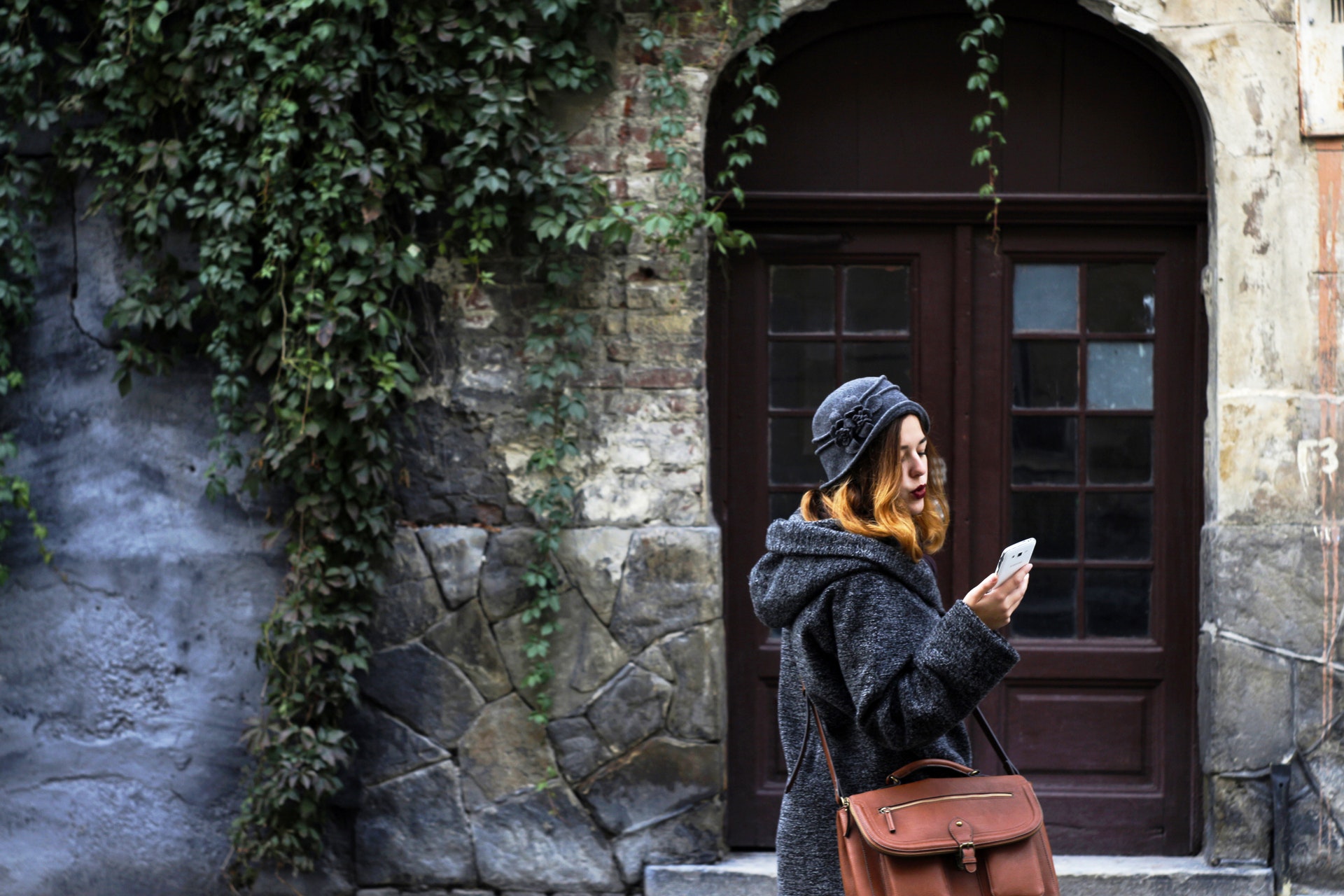
4. USB Dolphin SuperNova Magnifier
This is actually an application. It is intended for those technologically advanced seniors who use PCs, laptops, and smartphones. It can be hard for them to discern the text on a small screen or a screen that is too bright. The Magnifier enlarges the text on a monitor up to over 60 times. That allows even people with very poor eyesight to see the text well. Among other benefits of this program are the multi-language support and no need for installation.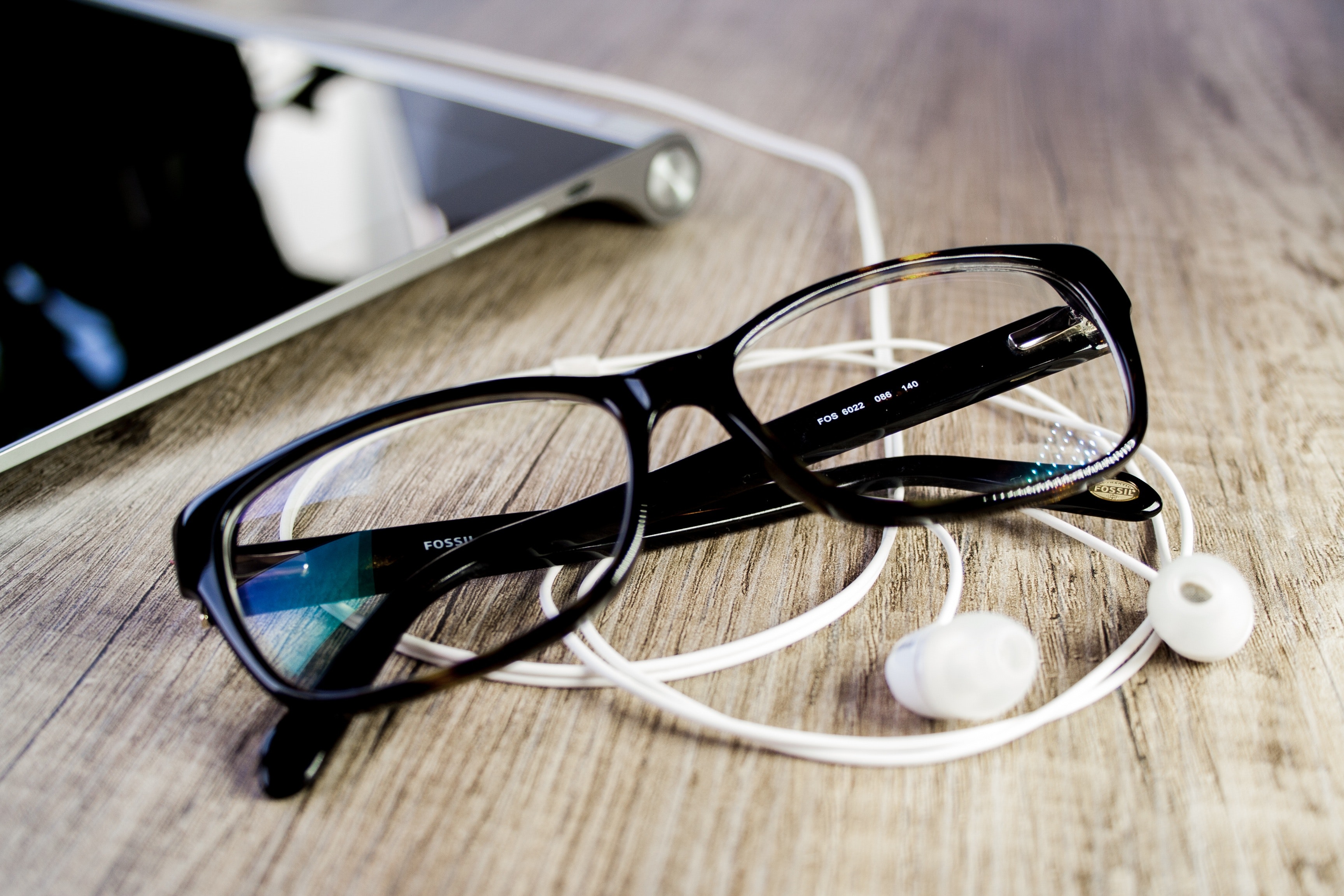
Assistive devices for facilitating physical actions
1. Rotating reacher grabber
That is one of the most valuable assistive devices in our view. Seniors suffering from pain in the knees, back or hips will find a reacher grabber very helpful. By using it, they can take things that are hard to reach and grab them securely thanks to the rubberized jaw. For example, they can reach an item of clothing on the top shelf of a wardrobe without having to stand on a chair. A rotating reacher grabber is good for being used outside, too, because it’s made of special anti-corrosion material.
2. Freedom grip bed handle
Seniors with such diseases as multiple sclerosis or vertigo often can’t sit up in bed or get out of it without a caregiver’s help. A freedom grip bed handle will allow them to achieve that on their own. An easy-to-attach snap lock system serves by reliably fastening the handle to a bed frame. The handle is wide enough and prevents a senior’s hand from slipping.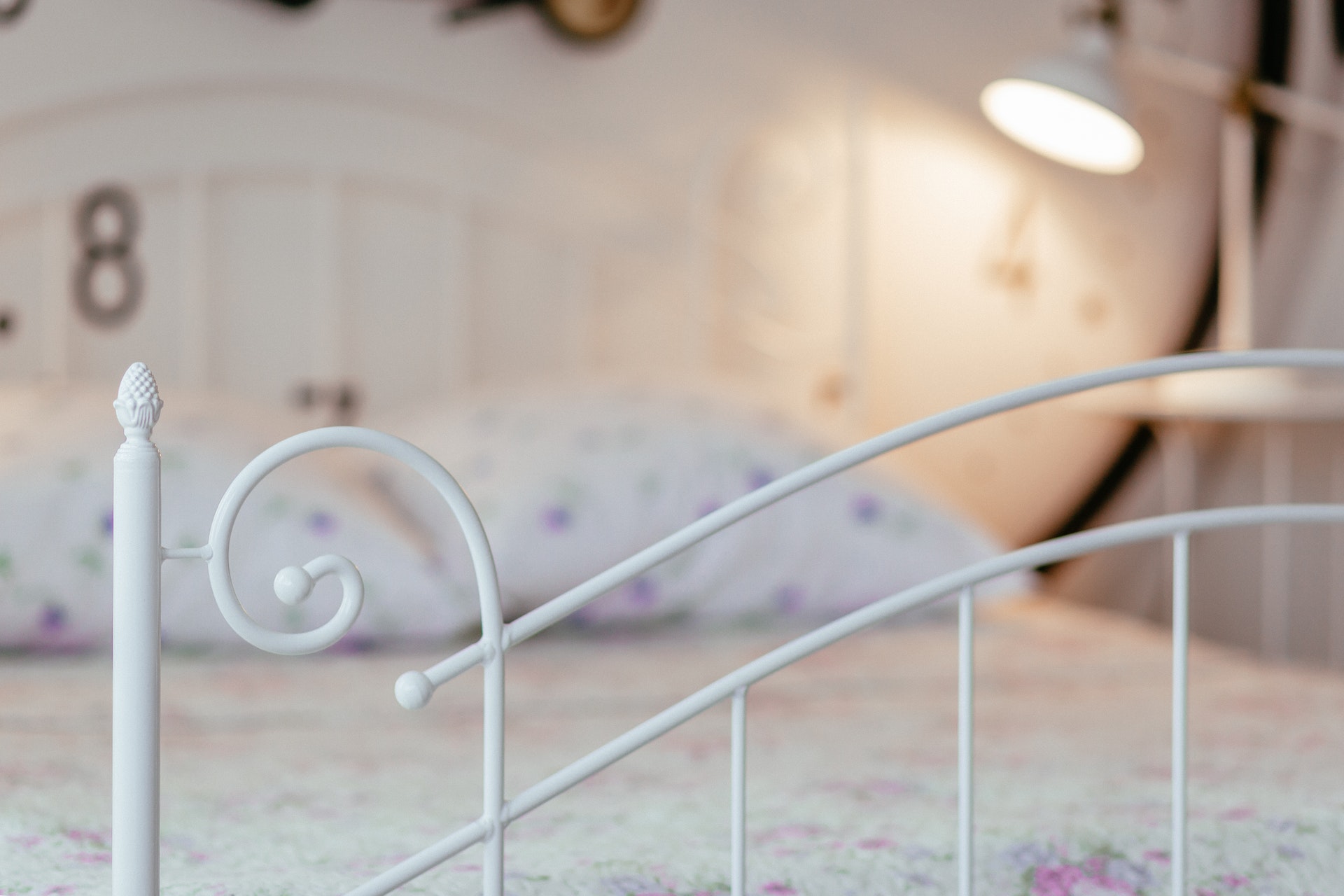
3. Leg lifter strap
The leg lifter strap helps seniors who have weak or injured legs move them forward without having to twist or bend them, which can be quite painful. It is not necessary to bend in order to put the foot loop on the feet or take it off. Using the leg lifter strap, seniors can get in and out of bed, as well as leave or get into a car independently.
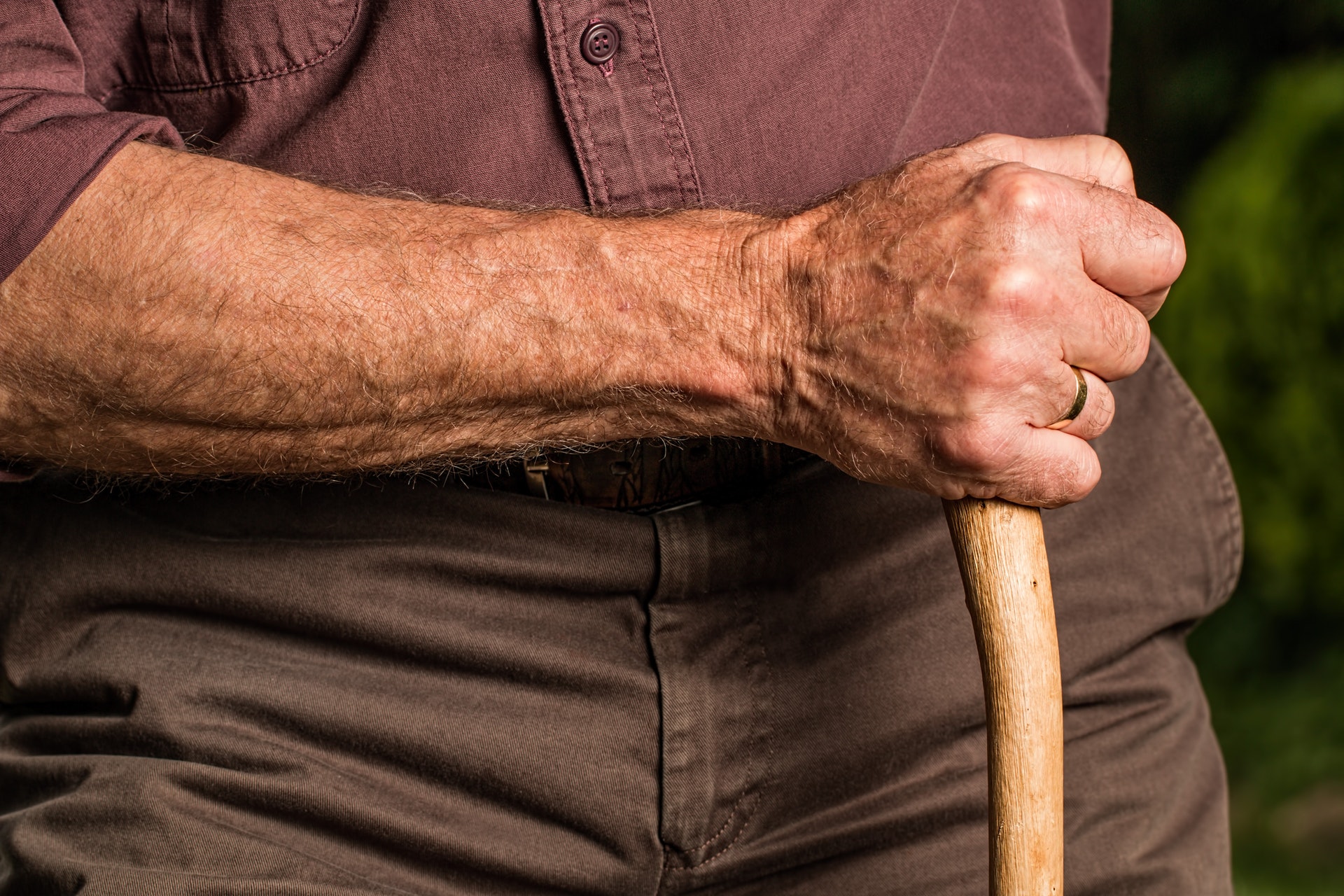
4. Buttoning Aid Hook
Patients with arthritis find it difficult to button their clothes. The buttoning aid hook comes to the rescue. This hook-and-wire tool is very convenient. A senior can use only one hand to button anything starting from the shirts and ending with the coats.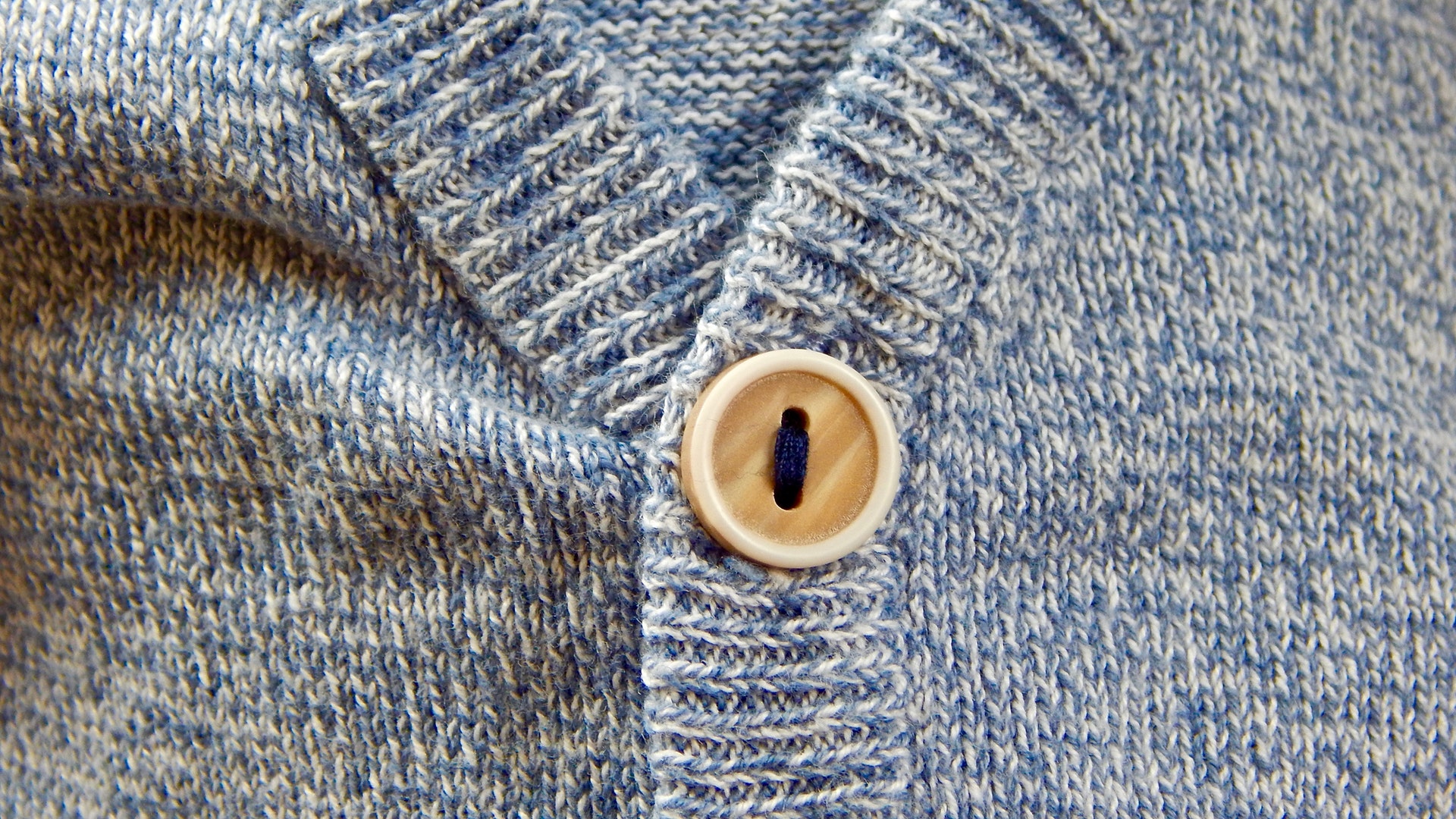
The list of available assistive devices is very extensive. Apart from those described above, it also includes sock pullers, easy-grip utensils, activator poles, and many other items. The first thing that any senior must do when choosing an appropriate device is to consult their doctor. If the selected device costs too much, borrowing it is a good alternative. Assistive devices allow seniors to continue living their lives independently and hopefully happily.
